Walking statue
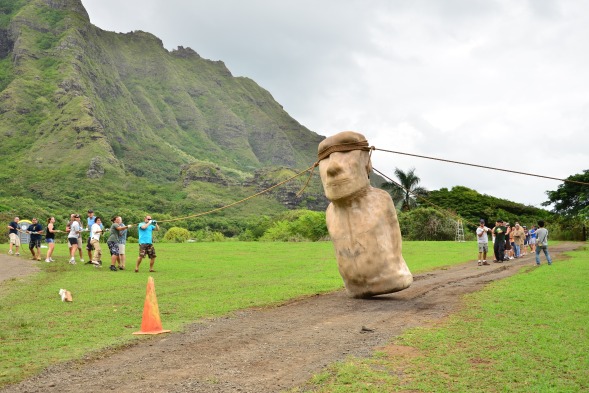
In June 2013, researcher Carl Lipo and his colleagues published a paper on their hypothesis that the Easter Island statues were walked into place
Physics of walking
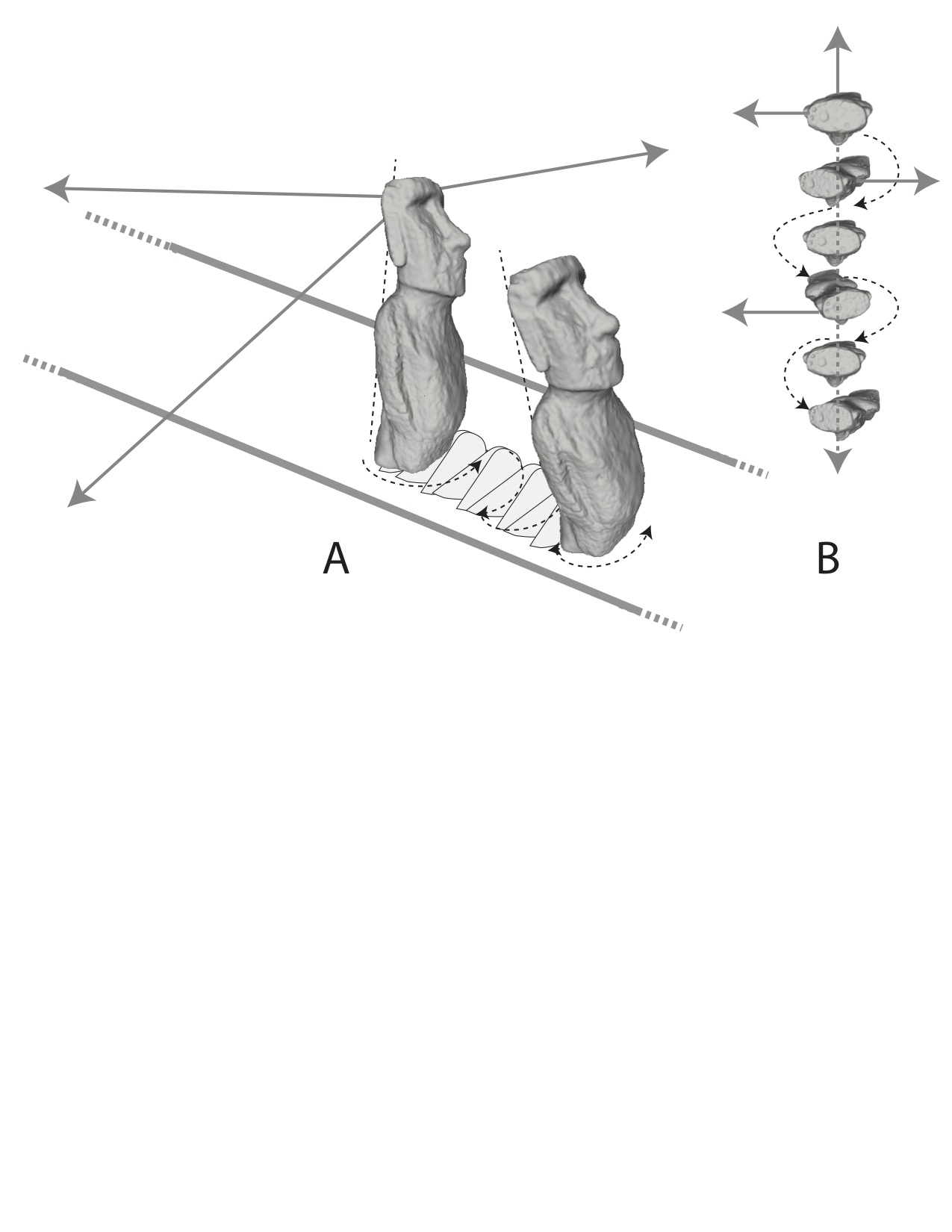
The team argued that the physics of the bases allowed the statues, or moais, to be rocked side to side so that they would tip forward, walking into place.
Placing the moai
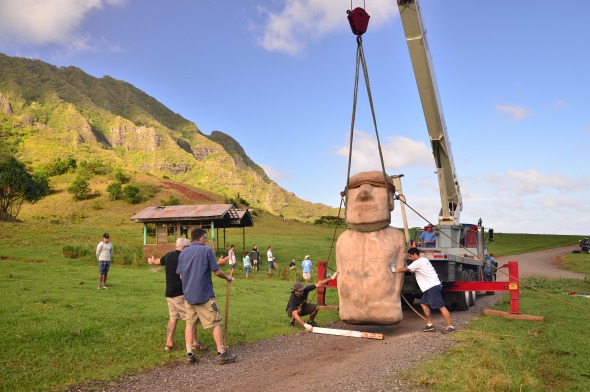
In October 2012, they did a demonstration for a NOVA documentary, using a 10-foot-tall, 5-ton replica of a moai on a smooth pathway in Hawaii.
Roped up
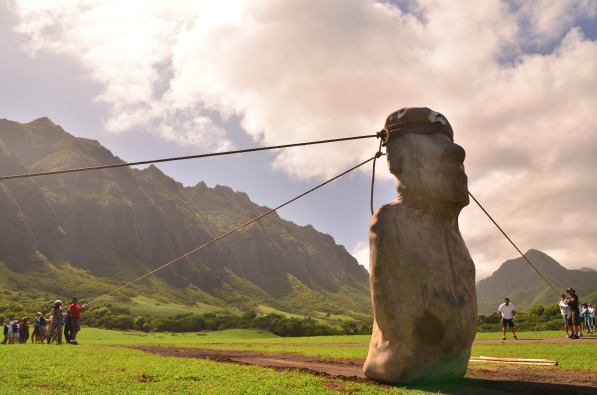
The team was able to walk the moai about 328 feet (100 meters) in about 40 minutes. However, not all the experts in the field are convinced that this demonstration proves the moai were all walked into place on Rapa Nui.
Fallen giant
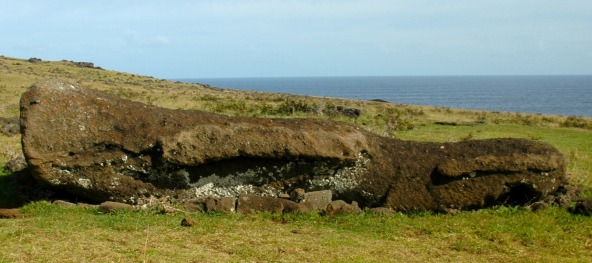
For one, many of the statues on Rapa Nui are much larger than the replica they used, and the roads are hilly and rough, making it unlikely that larger statues could have been moved that way, some experts say.
Broken statue
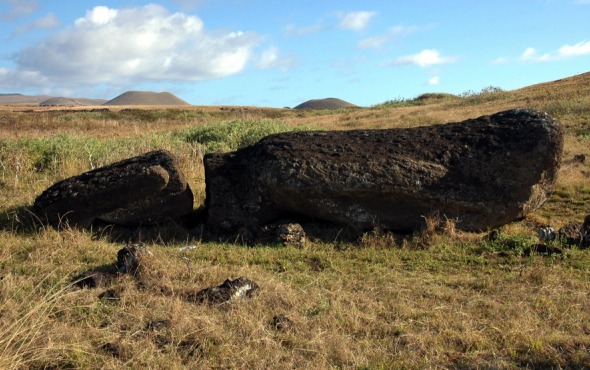
In addition, Lipo's team created a database of statues found on the island and noticed that statues that fell in transit had bases that were angled for walking into place. Once they were placed on their final platforms, the bases would be modified so they stood upright.
Location of statues
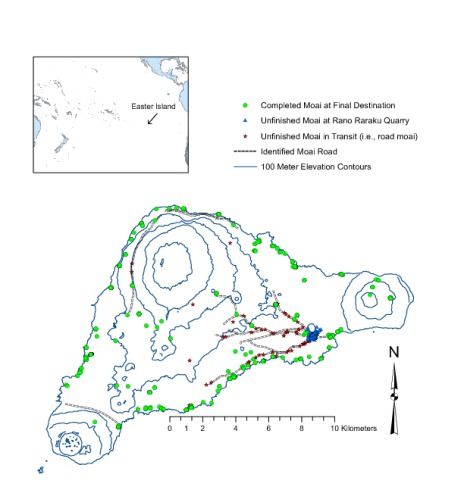
However, another researcher, Jo Anne Van Tilburg of UCLA, has separate data on the fallen statues on the island. Her data suggests that many statues that fell in transit did not have the geometry necessary for "walking."
Sign up for the Live Science daily newsletter now
Get the world’s most fascinating discoveries delivered straight to your inbox.

Tia is the managing editor and was previously a senior writer for Live Science. Her work has appeared in Scientific American, Wired.com and other outlets. She holds a master's degree in bioengineering from the University of Washington, a graduate certificate in science writing from UC Santa Cruz and a bachelor's degree in mechanical engineering from the University of Texas at Austin. Tia was part of a team at the Milwaukee Journal Sentinel that published the Empty Cradles series on preterm births, which won multiple awards, including the 2012 Casey Medal for Meritorious Journalism.










